Named for a part of Kyoto, this period produced some of Japan's most treasured art and architecture.
1392 - 1573
Named for a part of Kyoto, this period produced some of Japan's most treasured art and architecture.
1392 - 1573
We're adding new content all the time!
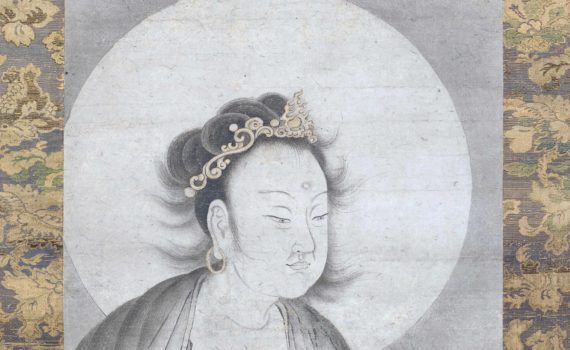
Monju was a bodhisattva popular among Zen Buddhists, and he is here painted by a Zen monk-painter
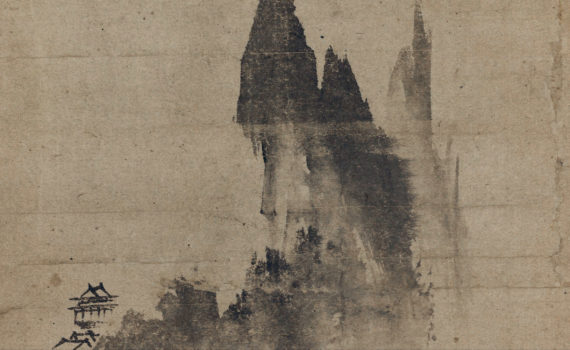
Sesshu Toyo's painting involves a remarkable economy of brushwork, often called haboku (broken ink) or hatsuboku (flung ink).
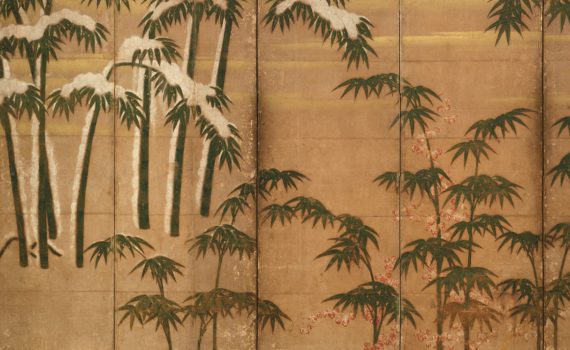
Art coming from contemporaneous Ming-dynasty China as well older Chinese art deeply influenced Japanese arts, especially the emerging local tradition of ink landscape painting.

Originally a sliding wall, these golden panels use bamboo, a Chinese motif, to illustrate a Japanese poetic trope.
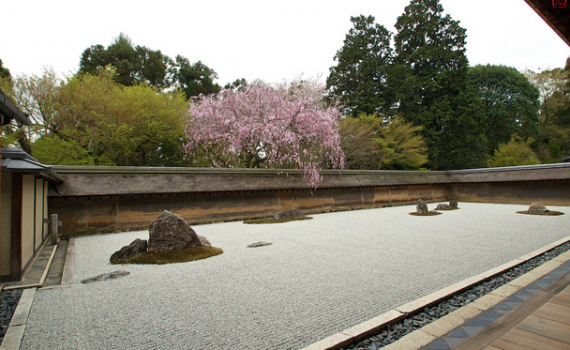
This atmospheric space awakens the eye, heightens the senses, and prepares the path for enlightenment.
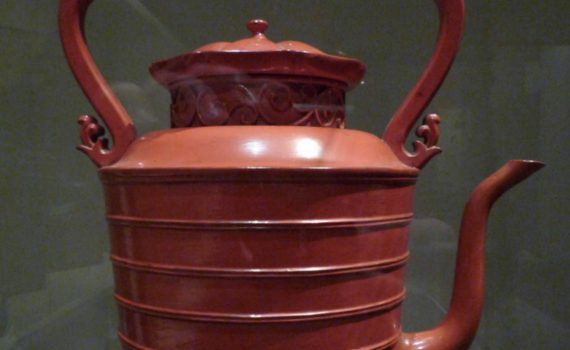
This delicate red vessel resembles patinated metal, but it’s made from wood that’s lacquered (coated with sap).